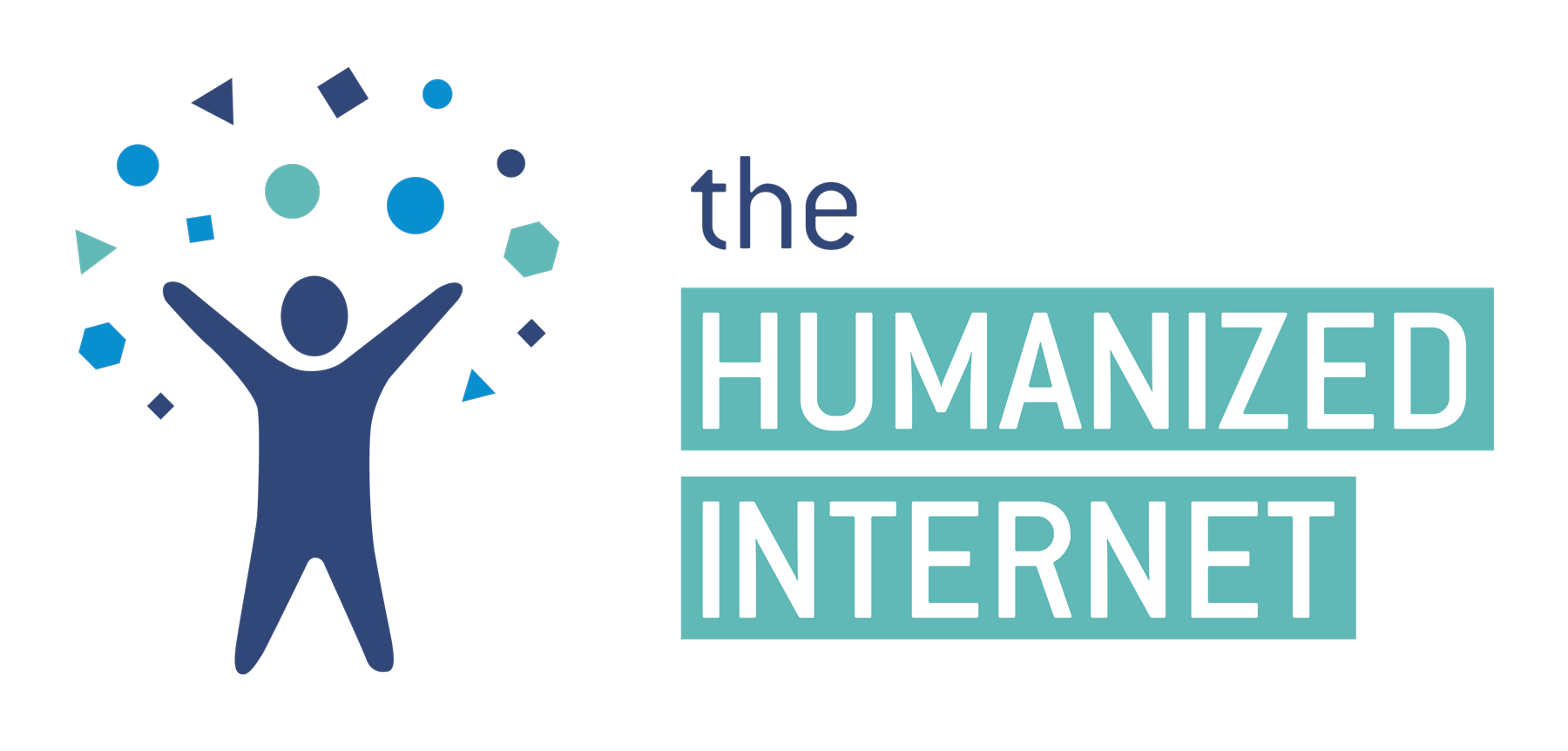Promise or Hype: Could Blockchain Provide a Safe Identity for Refugees?
Relief effort for Syrian refugees in Kawrgosk refugee camp, Irbil, Northern Iraq. 21-23 August 2013. IHH Humanitarian Relief Foundation
‘Identity’ is a complex and not fully defined concept that nonetheless today plays a central role in the debate within the social and political sciences.
Name, age, gender, ethnicity, citizenship and other social categories all contribute to the definition and uniqueness of the individual, who becomes socially ‘recognizable’ by virtue of proving those qualities. Armed with his or her unique identity, the individual can then access school, contract marriage, gain employment, own land, receive healthcare and fully participate in the institutions of a national or international community.
The increased instability of states and economies underlying the new waves of migration worldwide poses a historic threat to human dignity in many different ways. One very intricate facet of this phenomenon is the weakening — and at times even the loss — of personal identity arising from the fading bonds of citizenship that are frequently the result of the circumstances of migration.
Among human groups on the move, refugees are particularly affected by this issue. They often find it enormously challenging to prove fundamental aspects of their identity. The damage and loss of documentation validating their national identity, their personal data and information, their professional diplomas and so on create insurmountable barriers to conducting a dignified existence, accessing services and rebuilding their lives.
For many, proof of their identity may still be stored in physical or digital archives within the institutions of their failing state. Alternatively, this proof may have forever vanished because those institutions have ceased to exist. The paradox of not owning the proof of your own existence is striking, and it is laden with consequences for refugees.
Refugees’ personal identities are carefully re-established with the support of clever biometric systems set up by the UN Agency for Refugees (UNHCR). UNHCR registers millions of refugees on behalf of governments around the world, maintains those records in a proprietary database and issues refugee ID cards. This is an invaluable service and a lifeline for refugees.
The centralized databases present however another serious risk: the possibility of information being tampered with and hacked. Aadhaar, India’s massive biometric database and the largest national database of people in the world, has suffered serious breaches, and last year allegations were made that access was for sale on the internet for as little as 8 US dollars.
A new wave of technological development might be opening up an unexpected perspective through which improve this situation. Blockchain technology and strong encryption seem to be new tools for setting up a globally applicable system of digital proofs of identity, relevant for any kind of personal data (birth, health, citizenship, education and so on).
Blockchains are decentralized network systems that harness the internet’s infrastructure in order to distribute and log transactions. Blockchains take the form of digital public ledgers that are free and accessible for all connected nodes; rather than belonging to a single institution, these ledgers belong to all the users connected to them. Users’ identities within a ledger are encrypted and therefore known only to the users themselves.
These encrypted and verified identities are not stored on a centralized corporate, governmental or institutional server (ripe for hacking). Instead, blockchain technology allows personal information to be stored on the relevant decentralized ledger, while cryptographic hashing creates an unbreakable layer of safety.
Digital identities can then be used to conduct ‘transactions’ among all the users connected to the system. A digital ledger of trusted transactions is maintained for all the participants. The technology is complicated, but the premise is simple: the blockchain establishes trust between independent parties and allows those parties to share trusted information without any intermediary institutions becoming involved.
The system works by addressing inherent trust deficits that have developed in our society. Blockchain is not just a distributed ledger but also a distributed consensus ledger through which trust is created by a collectively agreed-upon consensus protocol.
We might therefore be able to prove the birth and provenance of x and y individuals — as well as their qualifications, employment history and so on — even when the institutions that originally provided that proof in the form of certificates no longer exist, all because of the indisputable verification mechanism that blockchains offer.
Blockchain technology, then, has the potential to create new solutions for refugee and identification systems, providing a digital verification mechanism for people unable to prove their identity, and allowing them to share their identity and transact with other actors. Through a distributed blockchain technology system directly accessible to refugees and immigrants, identity services could become available to all people: anytime, anywhere.
In an increasingly mobile world with more and more porous borders, it is essential for everybody to adopt reliable tools for proving his or her identity and professional skills. This involves delivering digital entitlements and addressing other challenges, including social and financial inclusion through blockchain solutions.
As Blockcerts, the open standard for creating, issuing, viewing and verifying blockchain certificates, asserts: “We are entering a new infrastructure of trust.” The future is bright as we develop blockchain solutions for stored identity sets in the form of cryptographic hashes. We are at the beginning of a new frontier in this exciting space.
By Monique J. Morrow, President and Co-Founder, The Humanized Internet, Mark Kovarski, Vice-President and Co-Founder of The Humanized Internet, and Akram Alfawakheeri, The Humanized Internet.

